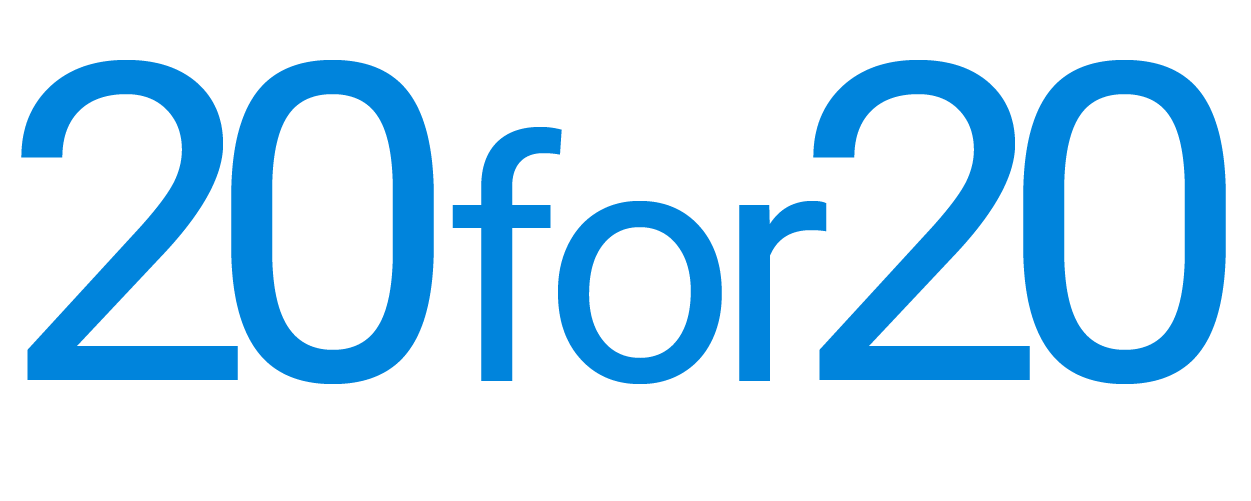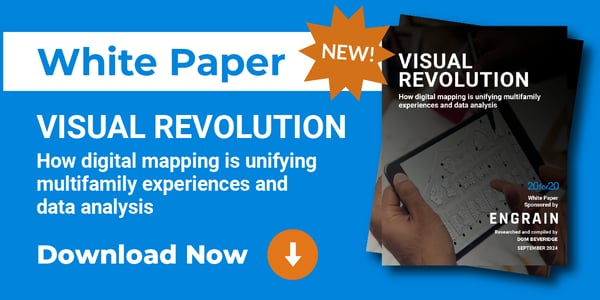
Fall is well and truly upon us, and once again, it's that time of year when those who follow multifamily operations and technology gather for the last industry-wide event in the multifamily calendar: NMHC OPTECH. This year's show (taking place next week at National Harbor, MD) represents a mix of continuity and change, as this post will explain.
First, let's look at who's attending. At the time of writing, this year's audience looks about 5% bigger than last year's, so it looks like we're guaranteed a record crowd (well done, guys!). Next, let's look at the make-up of the attendees. The chart below breaks down attendees by company type, based on an analysis of NMHC's published attendee list, using the same rationale as last year's pre-OPTECH analysis.

What's interesting is that despite this growth and the shift from Las Vegas to the East Coast, the composition of attendees has remained highly consistent. Of all attendees, 89% are from a property management company or a vendor. The split between vendor and property management attendees is 59% to 30%, almost exactly the same as last year's (60/30). Of the remaining 11%, most (7%) are "non-software" suppliers. These companies or individuals are consultants, agencies, or sell products outside the core OPTECH exhibitor base.
Digging deeper into the vendor attendees—the most interesting part for 20for20, as it's an indicator of multifamily tech activity—a few things stand out from the chart below. Like last year, the biggest vendor segment based on attendee numbers is "connectivity." Providers of property Wi-Fi solutions make up 18% of the audience (down from 21% last year) but still lead overall. It's also worth noting that around 14% of attendees are from smart tech companies, whose products and services may also include connectivity.

The combination of connectivity and smart tech matters: both require hardware installation in individual communities. That creates different buying decision processes on the part of the owner-operator, as the individual context of each community factors into technology choices. The two categories combined represent almost a third of the vendor presence at this year's show.
Elsewhere, the percentage of attendees from companies specializing in "leasing and marketing fell from 14 to 10% year-over-year. In contrast, the FinTech segment has grown from 13% to 16%, perhaps driven by the rapid expansion of fraud prevention applications and the increasing number of vendors in this crowded space. Property management system (PMS) platforms, which, in combination, represent the vast majority of all technology purchased in our industry, make up 14% of the attendance—exactly the same share as last year.
One interesting observation of the smaller segments is the low representation of maintenance providers, which comprise only 3% of overall attendees. Maintenance is a key element of centralization and a frequent topic of industry discussion. Plenty of high-quality maintenance vendors will be attending this event, and if the number of attendees is a good proxy for the level of attention being paid to this domain, 3% looks very low. One possible interpretation is that the generally slow progress toward maintenance centralization (see the current edition of the 20for20 annual paper) is related to the degree of focus on maintenance tech. Watch these pages for a more detailed analysis in the coming weeks.
The Arrival of "RETTC"
Of course, the biggest story at this year's OPTECH is that this will be its last year as an NMHC event. This year's show will see the official launch of the Real Estate Technology & Transformation Center RETTC, a new NMHC subsidiary group dedicated to technology and related interests.
And as the new entity is launched, I am proud to announce that 20for20 is the co-author of RETTC's first publication, a brand new white paper entitled "The State of Multifamily Connectivity." The paper is an analysis of the property Wi-Fi, targeted at industry leaders charged with making decisions about the digital infrastructure of their properties.
That concept of infrastructure is central to the paper - the role of Wi-Fi in our industry has been evolving from a stand-alone resident amenity to the foundation for increasingly connectivity-dependent services. More and more multifamily infrastructure relies on robust internet connectivity, and there are many ways to deliver it, each involving trade-offs between cost and quality.
Decisions about connectivity are highly consequential and potentially expensive, both at the stage of new builds and increasingly during retrofits. Relatively few senior leaders in the multifamily industry are familiar with the technical details of how these systems work. For this reason, RETTC and 20for20 have partnered to develop a common and approachable set of facts and a starting point for more research to follow in the future.
I will be speaking at two different sessions that delve into the subject of connectivity and, specifically, the findings of this paper, with details of both sessions listed below. I look forward to discussing it further with the excellent professionals who helped me develop the paper when we all gather next week at National Harbor in DC.
See you there!
Session Details:
Smart Living: Building Digital Ecosystems for Modern Apartment Communities
Monday, Oct 21, 2024 2:00 PM - 3:15 PM - National Harbor 10-11
Connectivity & Intelligent Buildings 360
Tuesday, Oct 22, 2024 8:30 AM - 9:30 AM - FuturesLab, Potomac CD
Photo by Sharosh Rajasekher on Unsplash



